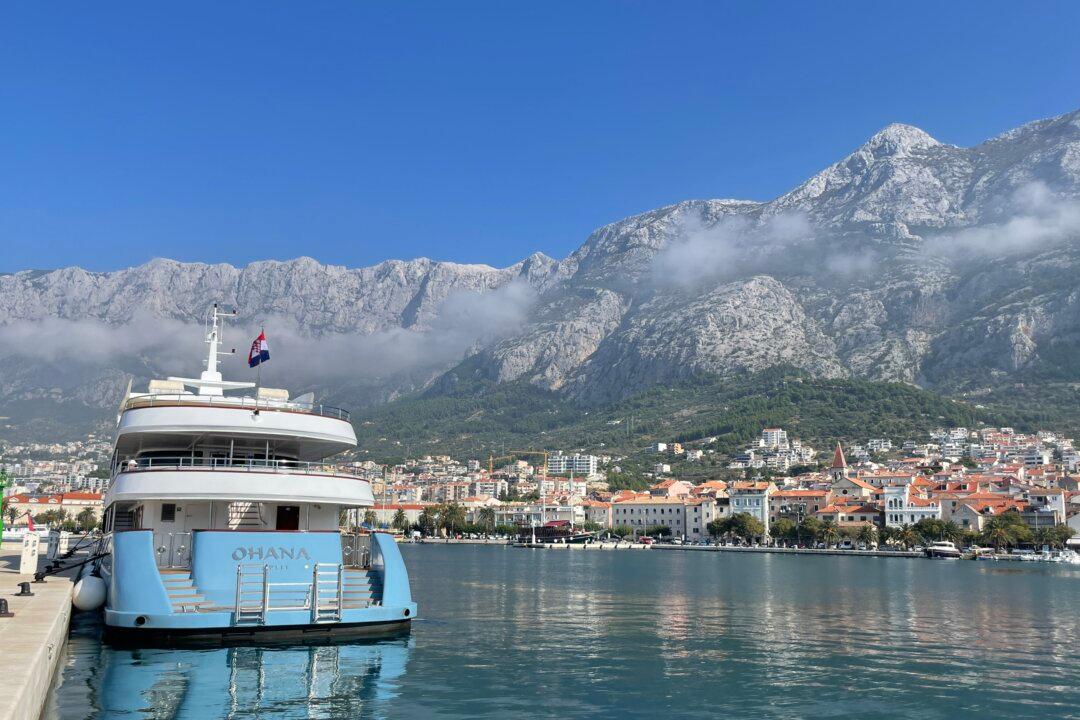The green English countryside rushes past me as our train travels northwest from London. From my window seat, I watch a tractor move slowly through fields thick with grain. Then, we rush past several small towns, hazy in the distance.
Like many travelers to the UK, I’ve often visited London. But this time, my friend Melanie and I wanted to see more of England. Our plan is to visit four different English towns, each with its own rich heritage.





